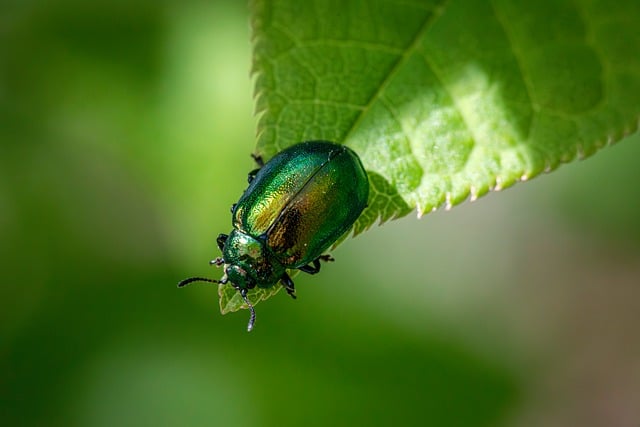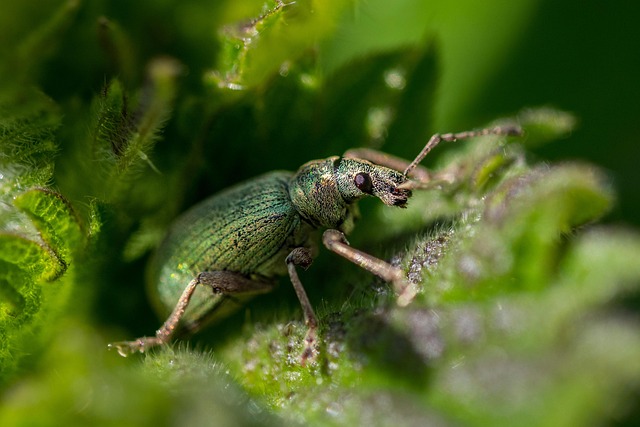Understanding and recognizing spider infestations early is crucial for Littleton homeowners. Look for webbing, tracks, dead spiders, and shed skins as signs. Regularly inspect dark areas and pay attention to peculiar smells. If indicators are observed, engage professional pest control services. Begin inspections in corners, cracks, and high insect activity zones. Seal entry points, vacuum regularly, and consider eco-friendly solutions. Avoid pesticides unless necessary to protect the environment.
“Uncovering the secrets of spider infestations in your Littleton home is crucial for maintaining a comfortable living space. This guide provides an insightful journey into understanding these arachnid invaders, specifically focusing on types and common signs of spider activity. We’ll equip you with practical steps to identify spiders and offer effective pest control strategies tailored for Littleton homes. Learn how to recognize the telltale signs of a spider infestation and take proactive measures to reclaim your living environment.”
- Understanding Spider Infestations: Types and Common Signs
- Identifying Spiders in Your Littleton Home: A Step-by-Step Guide
- Effective Pest Control Strategies for Spider Suppression
Understanding Spider Infestations: Types and Common Signs

Understanding Spider Infestations: Types and Common Signs
In the quiet suburban setting of Littleton, spider infestations can often go unnoticed until they become significant issues. Knowing how to identify a spider infestation is crucial for timely intervention. The first step is understanding the various types of spiders that may find their way into your home. Common culprits include house spiders, black widows, and brown recluse spiders, each with distinct behaviors and appearances. House spiders are typically harmless but prolific breeders, while black widows and brown recluses pose more significant risks due to their venom.
Recognizing the common signs of a spider infestation is key in How to identify a spider infestation in your Littleton home. Keep an eye out for webbing in corners, cracks, and dark spaces—a telltale sign that spiders have taken up residence. Other indicators include small holes or tracks left by spiders as they move through walls, floors, or ceilings. If you spot dead spiders or their shed skins, it’s a clear signal that an active colony is nearby. Regular inspections, especially in areas with poor lighting or hidden spaces, can help catch infestations early, making pest suppression more manageable.
Identifying Spiders in Your Littleton Home: A Step-by-Step Guide

If you’re wondering “How to identify a spider infestation in my Littleton home,” then understanding these tiny arachnids is crucial. Spiders often go unnoticed until their presence becomes significant, so regular inspections are key. Start by scanning corners, cracks, and dark spaces for any visible signs of spiders or their webs. Spider webs can vary in shape and size but typically resemble intricate patterns made of sticky silk. Look out for small, round bodies with eight legs, varying in color from brown to black.
Check for eggs sacs, which are usually white or clear containers filled with a cluster of tiny spherical eggs. Common spider species in Littleton include the house spider and the American house spider. Keep an eye on any peculiar smells, as spiders often emit distinct odors. If you notice these signs, take action to confirm your suspicions through professional pest control services.
Effective Pest Control Strategies for Spider Suppression

Identifying a spider infestation in your Littleton home is crucial for effective pest control. Start by scrutinizing corners, cracks, and dark spaces within your residence. Look for webs, which can range from loose, irregular patterns to sticky, intricate structures. Spiders often weave their webs near sources of food, so checking areas with high insect activity is essential. Additionally, keep an eye out for actual spiders, as some species prefer indoor habitats.
To suppress spiders, a multi-pronged approach is recommended. Seal entry points and cracks using caulk or weatherstripping to prevent their entry. Regularly vacuum and dust to remove webs and reduce potential food sources. For severe infestations, consider hiring professional pest control services that employ eco-friendly methods tailored to your specific needs. Using pesticides should be a last resort, as they can have negative environmental impacts.
Understanding and addressing spider infestations is key to maintaining a comfortable and pest-free Littleton home. By recognizing common signs, learning effective identification techniques, and employing robust pest control strategies, you can effectively manage and suppress spider populations. Remember, early detection through regular inspections and knowledge of these guidelines will significantly aid in your battle against arachnids, ensuring a peaceful and spider-free environment for both you and your family.
